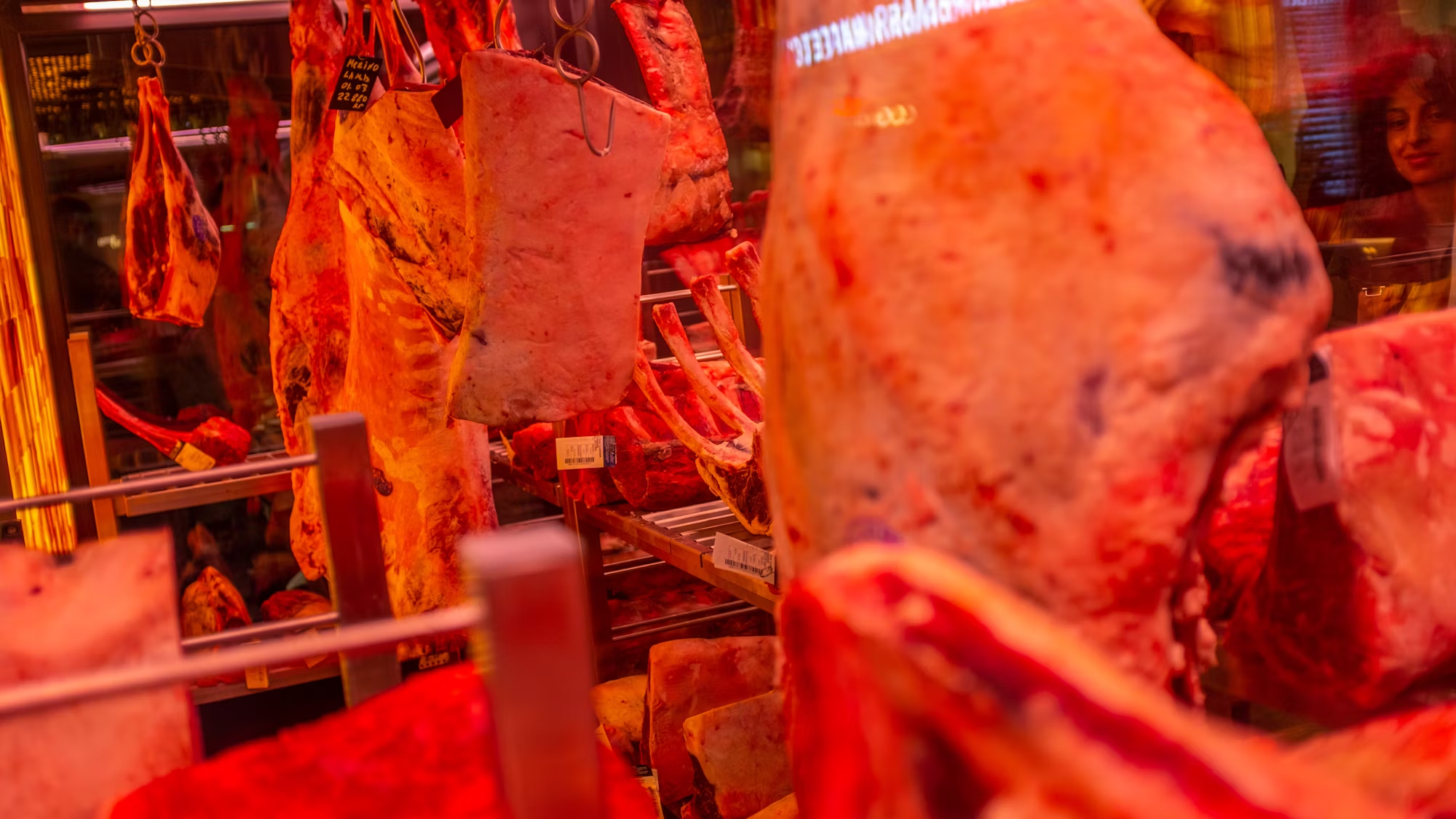The retail landscape has undergone significant transformation in recent years, driven by evolving consumer preferences and technological advancements. As shoppers become more discerning, brands must adapt their strategies to meet the changing demands of their audience. This article delves into the key trends shaping consumer behavior in retail and examines how brands are responding to these shifts. One of the most notable trends in retail is the rise of conscious consumerism. Today’s shoppers are increasingly mindful of the ethical and environmental implications of their purchases. They seek out brands that align with their values, whether that means supporting local businesses, purchasing sustainable products, or advocating for social responsibility. Retailers are responding by transparently communicating their practices, showcasing their commitment to sustainability, and highlighting ethical sourcing. This shift not only fosters loyalty but also encourages consumers to engage more deeply with the brands they support. Another critical aspect of this evolution is the demand for personalization. As consumers are bombarded with options, they gravitate towards brands that offer tailored experiences. Advances in technology allow retailers to collect and analyze data, enabling them to understand individual preferences and behaviors. By leveraging this information, brands can provide personalized recommendations, targeted promotions, and unique shopping experiences that resonate with each consumer. This level of customization enhances customer satisfaction and fosters a sense of connection, making shoppers feel valued and understood. Technology also plays a pivotal role in reshaping the retail experience. The integration of online and offline shopping, known as omnichannel retailing, is becoming increasingly important. Consumers expect a seamless experience that allows them to switch effortlessly between browsing online and shopping in-store. Retailers are adopting strategies that facilitate this, such as buy-online-pick-up-in-store (BOPIS) options and unified inventory management systems. By providing a cohesive experience across all channels, retailers can cater to the diverse preferences of modern consumers. Moreover, the impact of social media on shopping behavior cannot be overstated. Platforms like Instagram and TikTok have transformed how consumers discover and engage with brands. Influencer marketing has gained prominence, as brands collaborate with social media personalities to reach their target demographics authentically. This approach allows brands to leverage the trust and credibility that influencers have cultivated with their audiences, resulting in more effective marketing strategies. Additionally, social media serves as a platform for consumer engagement, where brands can interact directly with their audience, respond to inquiries, and gather feedback. Community-driven initiatives are also shaping consumer preferences. Shoppers increasingly want to support brands that contribute positively to their communities. Retailers are responding by engaging in local events, collaborating with community organizations, and prioritizing diversity and inclusion within their marketing efforts. By fostering a sense of belonging and connection, brands can create loyal customer bases that resonate with their missions and values. Furthermore, the emergence of secondhand shopping and resale markets has gained traction as consumers become more environmentally conscious. Thrifting and purchasing pre-owned items are not only budget-friendly but also promote sustainability. Many retailers are launching their own resale initiatives or partnering with secondhand platforms to tap into this growing market. By embracing circular fashion, brands can appeal to eco-minded consumers and contribute to a more sustainable retail ecosystem. Looking forward, the future of retail will continue to be shaped by these evolving consumer preferences. Brands that prioritize sustainability, personalization, and community engagement will be better positioned to thrive in this dynamic landscape. The integration of advanced technologies, such as artificial intelligence and machine learning, will further enhance the shopping experience, allowing retailers to predict trends, optimize inventory, and provide exceptional customer service. In conclusion, the retail landscape is in a state of flux, influenced by shifting consumer preferences and advancements in technology. As conscious consumerism, personalization, and community engagement become increasingly important, retailers must adapt their strategies to resonate with modern shoppers. By prioritizing sustainability, embracing technology, and fostering authentic connections, brands can navigate this evolving landscape and thrive in an ever-changing market. The journey ahead promises to be both challenging and rewarding, as retailers continue to innovate and respond to the desires of their consumers.




